Today we are going to take a trip back to a time when dinosaurs roamed the earth! Well, not quite but this particular reptile comes from a direct lineage of reptiles that ran with the dinosaurs. The tuatara may look like a lizard but it is actually the last remaining species of a reptile group called Sphenodontia. Really, how old could this reptile be? Well, the tuatara hasn’t changed its appearance in about 225 million years! No, I am not just exaggerating, this species is really that old! Unfortunately, the tuatara lost all of its relatives about 60 million years ago. That must have been some funeral! I wonder if the tuatara ever feels lonely knowing it is the last of its kind?
Even though the tuatara is not exactly a lizard they still share an awesome adaptation. Of course, I am talking about the ability to regenerate their tail. That’s right, if a lizard (or a tuatara) gets caught by a predator they are able to drop their tail to escape. Later on they can just grow another tail back! How incredibly cool would it be if we could do this? Well, obviously not with our tail but other limbs.
Although, tail regeneration is awesome, the tuatara has another incredible adaptation. Any guesses? C’mon, anyone? Yes, you in the back! A third eye you say! Wow, you really have been studying. You are absolutely correct. You heard me folks! Until this unique animal reaches 4 to 6 months they have a third eye on top of their head. Scientists are not exactly sure what the purpose of this eye is but they do offer some guesses. Any ideas? I would love to see what you think they use this eye for so please feel free to comment. Here is what the so called “experts” think the third eye, also called the parietal eye, could be used for. One possibility is the ability for this additional eye to take in as much ultarviolet rays as posssible. What would be the point of this. Well, as we know, sunlight contains vitamin D which would aid in the growth of the young tuatara. Other potential uses of the parietal eye include thermoregulation and detecting light/dark cycles. I know you folks have ideas that are much more interesting then this. Maybe they use the eye to see when birds are about to poop on them. Who knows, anything goes because nothing has been proven. Let’s see some ideas!
Some of you may be wondering what happens to this third eye after 6 months and I award those people one Wild Fact Bonus Point! As the tuatara gets older the eye simply gets covered by their scales. As well, it is interesting to note that this parietal eye does contain features of real eyes such as the retina, cornea and lens. This indicates that it most likely evolved from a real working eye!
All right! Let’s see some comments! Five Wild Fact Bonus Points for any original ideas about the use of the third eye!

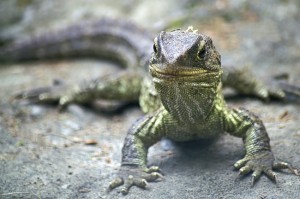
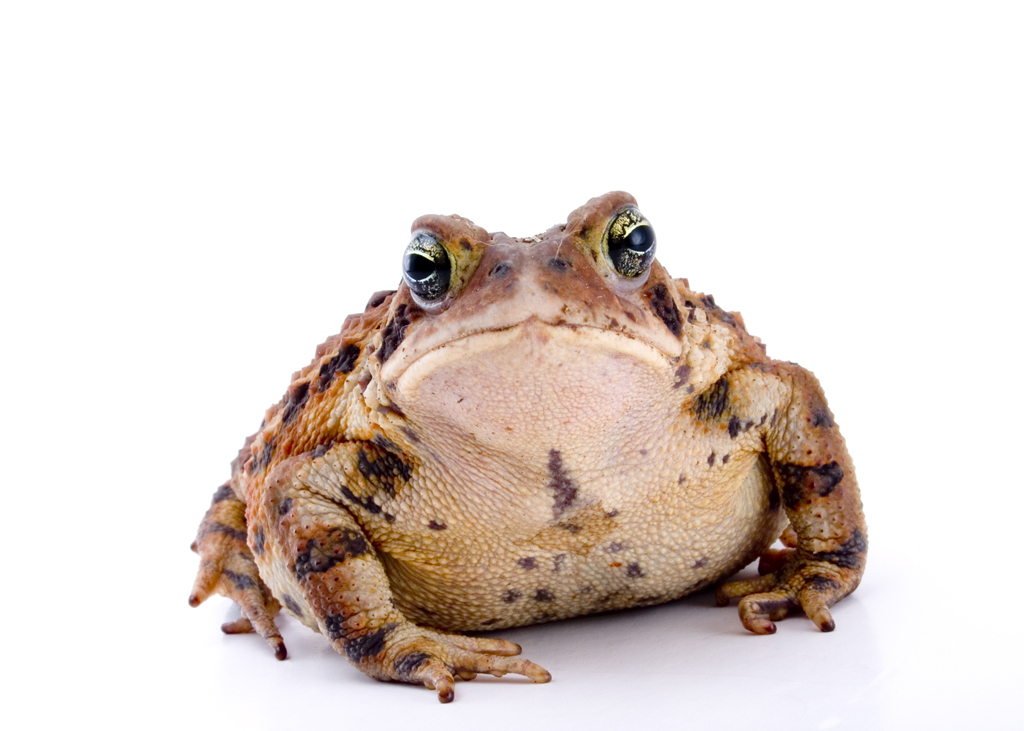
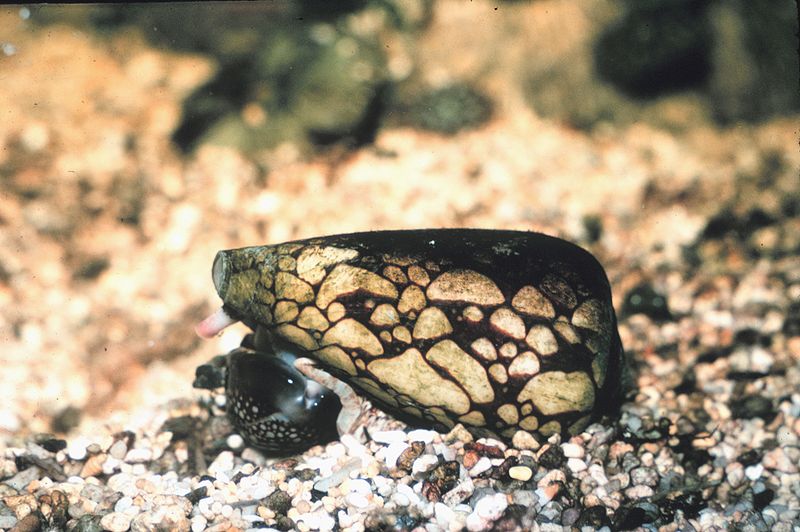
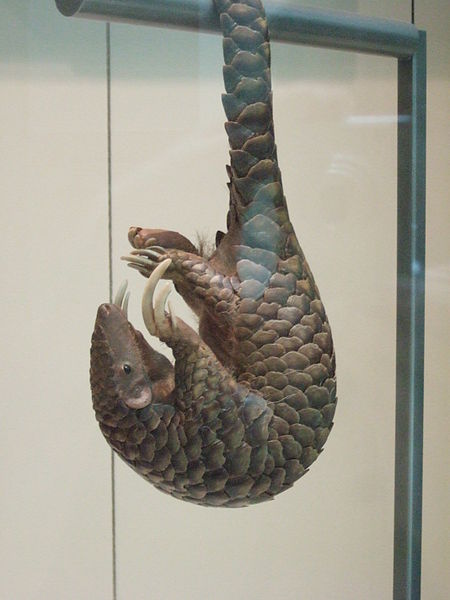
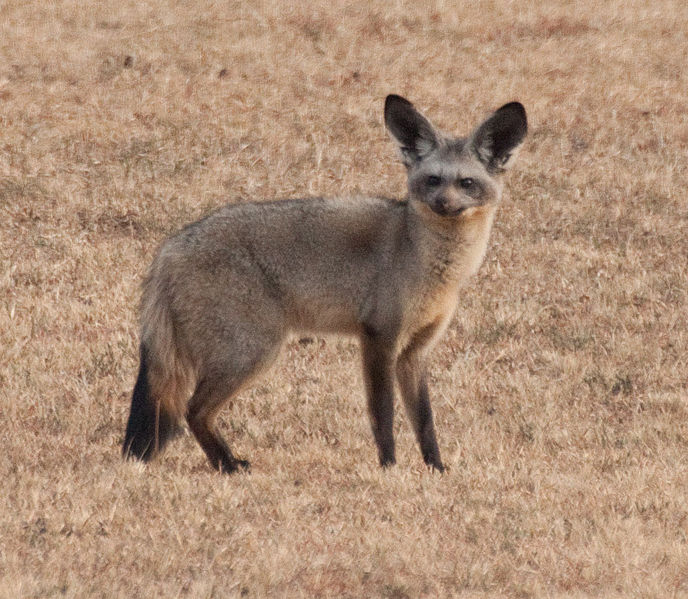
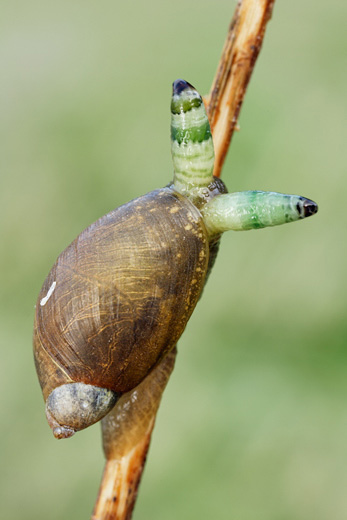

Morning Nathan:
Since they only have this third eye when they are young (like a child), the obvious conclusion would be to play games like “Eye Spy With my Little Eye” (ha, ha). Now is that worth 5 wild fact points?
“Eye Spy With my Little Eye”….hahahaha! I love waking and being able to laugh right away! Thank you for making my morning! You definitely deserve the 5 Wild Fact Bonus Points. I hope you guys are keeping track of how many points you have!
Good belly laugh answer Candy! Worth more than 5 wild fact points. (Which by the way could not be redeemed at our local spa.)
Nathan, I think you have given me the answer to a lifelong puzzle. As a child I was certain my Mother had a third eye; however, no matter how hard I tried I could not find where it was located. Now I know, humans, female humans that is, have the same adaptation as the Tuatara. The eye is initially visible to allow it to develop. Once the eye is fully functional it is hidden to allow Mothers to keep a watchful inconspicuous eye on their children.
Is it possible that this third eye helped the young in their defense against flying predators?
Sorry to hear that your Wild Fact Bonus Points could not be redeemed at the local spa! I will have to give them a call and set them straight!
hahaha! I would not be surprised if your mother had a third eye. She was an incredible woman and I wouldn’t have tried to put anything pass her.
It is very possible that the third eye may have helped to defend against flying predators. The fact this this parietal eye seems to have evolved from a real eye suggests that at one time or another they may have been able to use it for sight.
5 Wild Fact Bonus Points for you!
Man Nathan, I love them, and CONGRATS on your award too
Thank you so much for stopping by and for such a great award. I truly feel honoured!
I really appreciate your support, Bob!
Have a great day!
The third eye is for mysticism, I know cause I saw a wino, gazing in ones’ eye one time and asked him why
hahahaha! That must have been one smart wino! So mysticism…interesting!
5 Wild Fact Bonus Points for you!
A third eye?
I need one of those.
Thanks for stopping by my blog!
Thanks for writing a blog! It is a great site and I recommend everyone check it out (just click on Amber’s name).
I think mother’s everywhere require a third eye. As it was mentioned in an earlier comment… some mothers actually did have a third eye!
Thank you so much for visiting Wild Facts!
In Eastern cultures and medicine, the 3rd eye in humans is between the two eyebrows, though not visible plays an important part in wellness.
Now that is interesting! As I mentioned in the post, researchers believe that it helps with the development at a young age. That sort of correlates to wellness in animals.
Maybe we all have a third eye and just don’t realize it.
Thanks for stopping by and sharing some interesting insight into the third eye!
I tend to agree with the ultraviolet rays. I know in captivity they have to be provided with a light in their “home” so I think I’ll just stick with this theory.
Well, it isn’t a new idea but I will still award you with the 5 Wild Fact Bonus Points!
Have you ever owned a tuatara???
Parietal eye, is that adapated physiology of Tuatara and also how does the adaptations allow this animal to function in its environment.
The parietal eye is not exclusively found in the Tuatara although they do have a well developed eye with remnants of a retina and lens. This third eye is also found in frogs, lamprey, and some fish such as tuna.
The purpose of this eye is still up for discussion but most believe it acts as an important photoreceptor. It is a great way to bring in sunlight to assist with growth. In the case of the tuatara this parietal eye disappears after 6 months (well it gets covered over). Again it is believed that it allows sunlight and ultimately essential vitamins to enter the body which assists the tuatara with growth and development at such a young age. Once they are matured then they no longer have a need for the eye and it gets covered over.
I hope this helps answer your questions. Please don’t hesitate to get back in touch if you have more questions.
Thanks!
My guess is the young have it because tuatara’s are nocturnal and the young go out in the day so they don’t get eaten maybe it’s so they can tell if it’s night or day so they don’t get eaten by there own kind